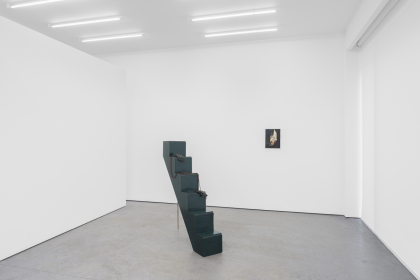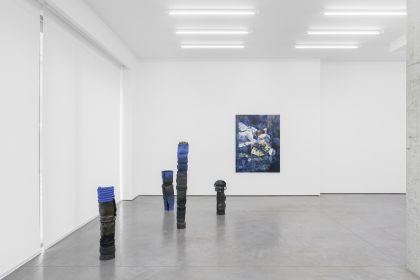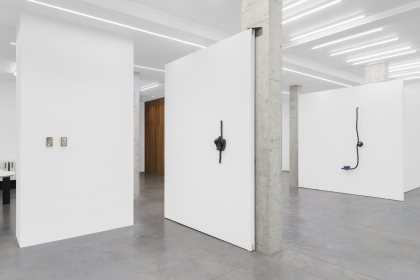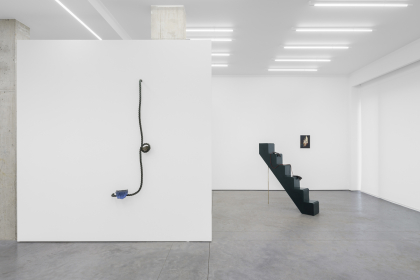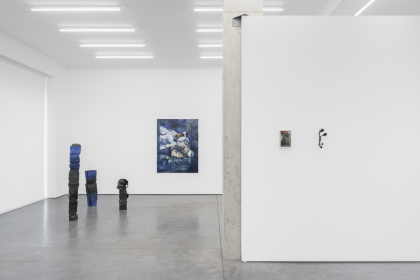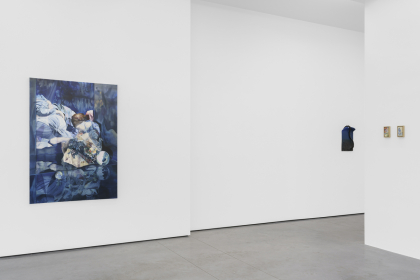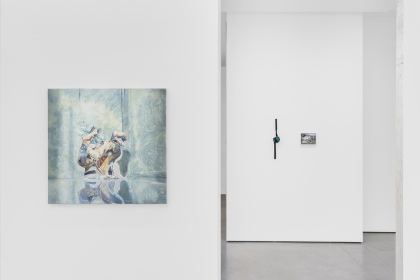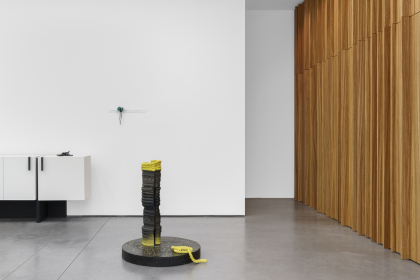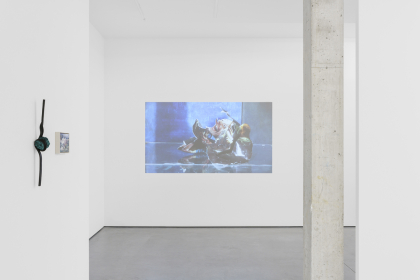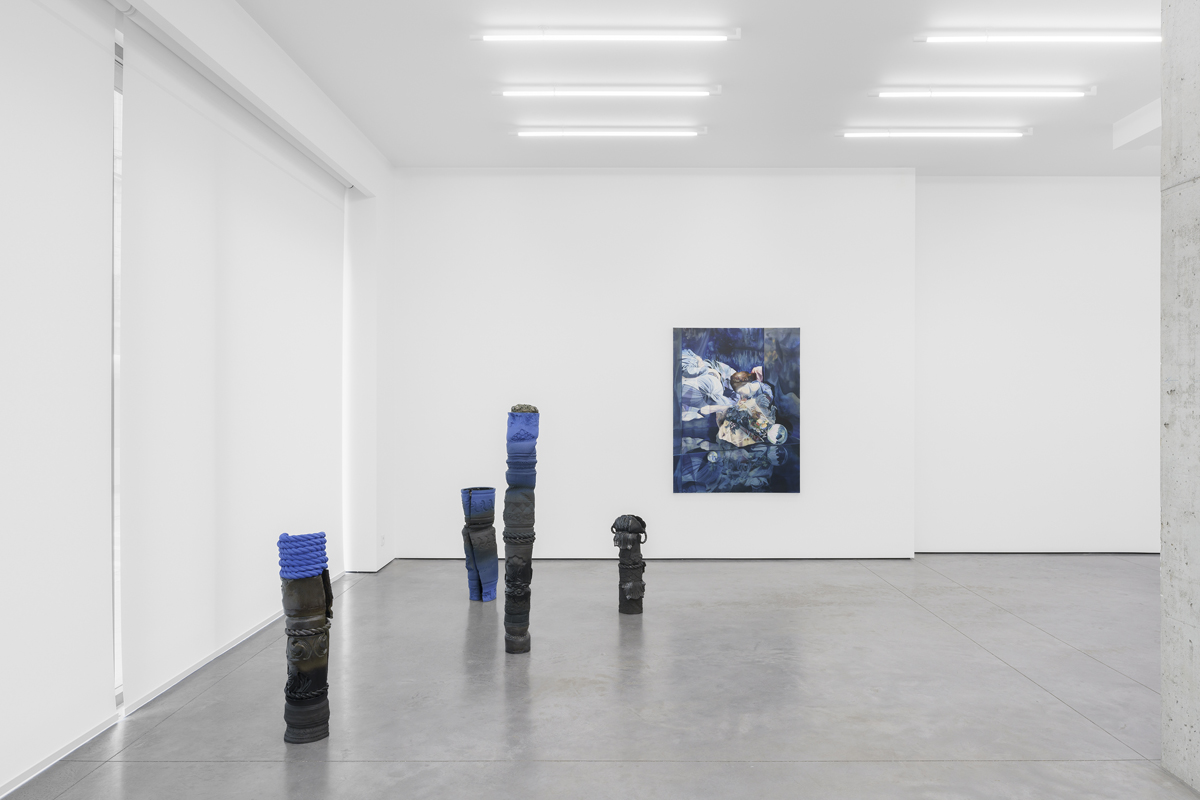
Handle with Care explores fragility in its many forms: that of materials, images, and the passage of time. The two artists each question, in their own way, the precarious nature of the visible and the delicacy of detail. Through castings and imprints, transparencies and overlays, their works reveal what endures and what fades away. The meticulous attention given to textures and forms highlights the tension between solidity and vulnerability, between presence and disappearance. An invitation to perceive fragility in all its strength.
Emilie Terlinden (°1983, Brussels) is an artist who folds, unfolds, cuts, assembles, and paints. Each of her works stages elements meticulously selected from a vast library spanning from the Renaissance to everyday objects, composed into baroque and phantasmagorical arrangements where abstraction flirts with still life.
Drawing from these image fragments, the artist - who describes herself as having “a taste for Dutch detail rather than Italian flesh” - constructs her paintings to offer a poetic and uncanny mystification of reality. Through various manipulations - folding, cutting, and assembling - these illustrations are transformed, stripped of their original context, and repurposed as pictorial materials. The act of painting then completes their metamorphosis, definitively asserting the work as a painting in its own right.
Despite their manipulation, these images do not entirely lose their identity and remain recognizable, allowing each composition to invite multiple interpretations.
This complex working method, reminiscent of cinematic montage and close-up techniques, makes time itself a significant factor in Émilie Terlinden’s process. The slow pace of creation and assembly mirrors the temporal journey offered by the artist through her selection of assembled images.
Each work bears witness to a whirling aesthetic beloved in Baroque art, paired with the rigor of austere modern abstraction, which disorients the viewer's gaze. They no longer know whether they are facing a vegetal, mineral, or conceptual world—a flower, an organ, a machine, or a chimera. (Isabelle Pouget)
Lucie Lanzini (°1986, Belfort, FR) elaborates her works, that exist between sculpture and installation, by means of tension. She creates them by juxtaposing materials that are often paradoxical - raw, organic, or moulded - at scales that disrupt the original function of the elements she symbolizes. Thanks to demanding production techniques, including sandblasting, silverplating, oxidation of glass, moulding, imprinting, etc. - Lanzini is forever pushing at the limits of her material knowledge. She is drawn to materials for their functional value and their capacity to transform the object. The result is troubling, at times strange, like the walnuts in translucent glass and the leaves of trees in jesmonite. The recent knots and sponges in bronze (Fouloir, 2021) are traces of the artist’s latent obsession to push back, extend and fashion the constraints and possibilities of materiality. Since their first showing in Belgium in 2013, the works by Lanzini seem to have liberated themselves. The architectural elements - plinths, columns, doors, window frames - or ornaments still serve the graphic structures with the volumes defined by voids and volumes. But through the bright colours with which she sometimes stains them, the less timid shapes further escape (a term evoked by several of her titles) their fixity and their contexts of origin; they insert themselves into less congruous domestic or natural environments. The greens, yellows, bright blues, and acidic colours pronounce a fully aware artificiality.
Lanzini, who enjoys trompe l’œil, does not believe in this illusion. Instead, she tends to recall the function of sculpture. As proven by Répertoires (2019), the small bas-reliefs reprising shapes, models, and textures at the heart of her practice, the artist proceeds by assemblage and through conversation. By openly exposing this index, she vindicates an adherence to a compositional and of material-oriented approach, which evokes the very essence of the sculptor’s gesture. She invites us to appreciate the renewed inventiveness of a practice that subverts the ordinary. (part of the text by Antoine Jattiot)

